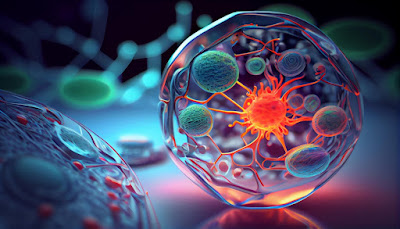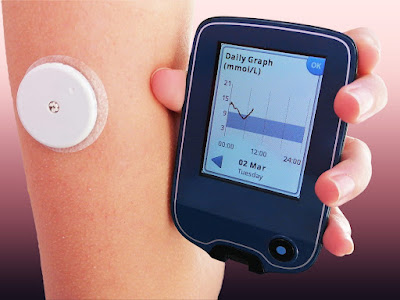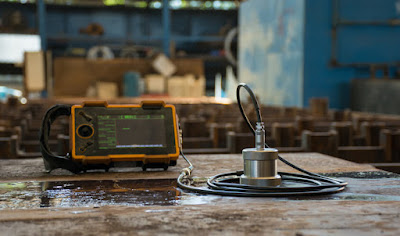Understanding Levodopa Therapy for Parkinson's Disease

Levodopa Parkinson's disease is a progressive neurological disorder that impacts movement. It occurs when specific nerve cells in the brain gradually deteriorate over time. These nerve cells produce dopamine, a chemical messenger that helps coordinate movement. When the nerve cells become impaired and can no longer produce enough dopamine, Parkinson's motor symptoms appear. Levodopa therapy aims to help restore dopamine levels and manage Parkinson's motor symptoms. What is Levodopa? Levodopa, also known as L-DOPA, is the primary medication used to treat the motor symptoms of Parkinson's disease. Levodopa acts as a dopamine precursor, meaning it can enter the brain and be converted directly into dopamine once inside dopamine-producing nerve cells. When dopamine levels decline in Parkinson's, levodopa supplementation helps boost levels and provide symptomatic relief. Levodopa is considered the gold standard initial treatment for Parkinson's disease due to its








